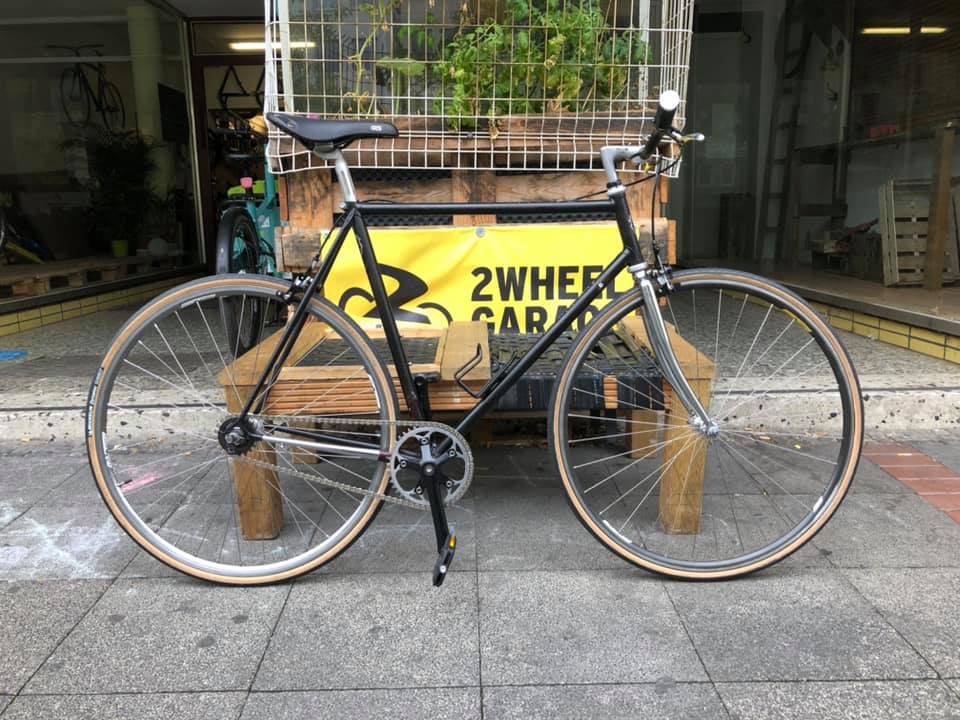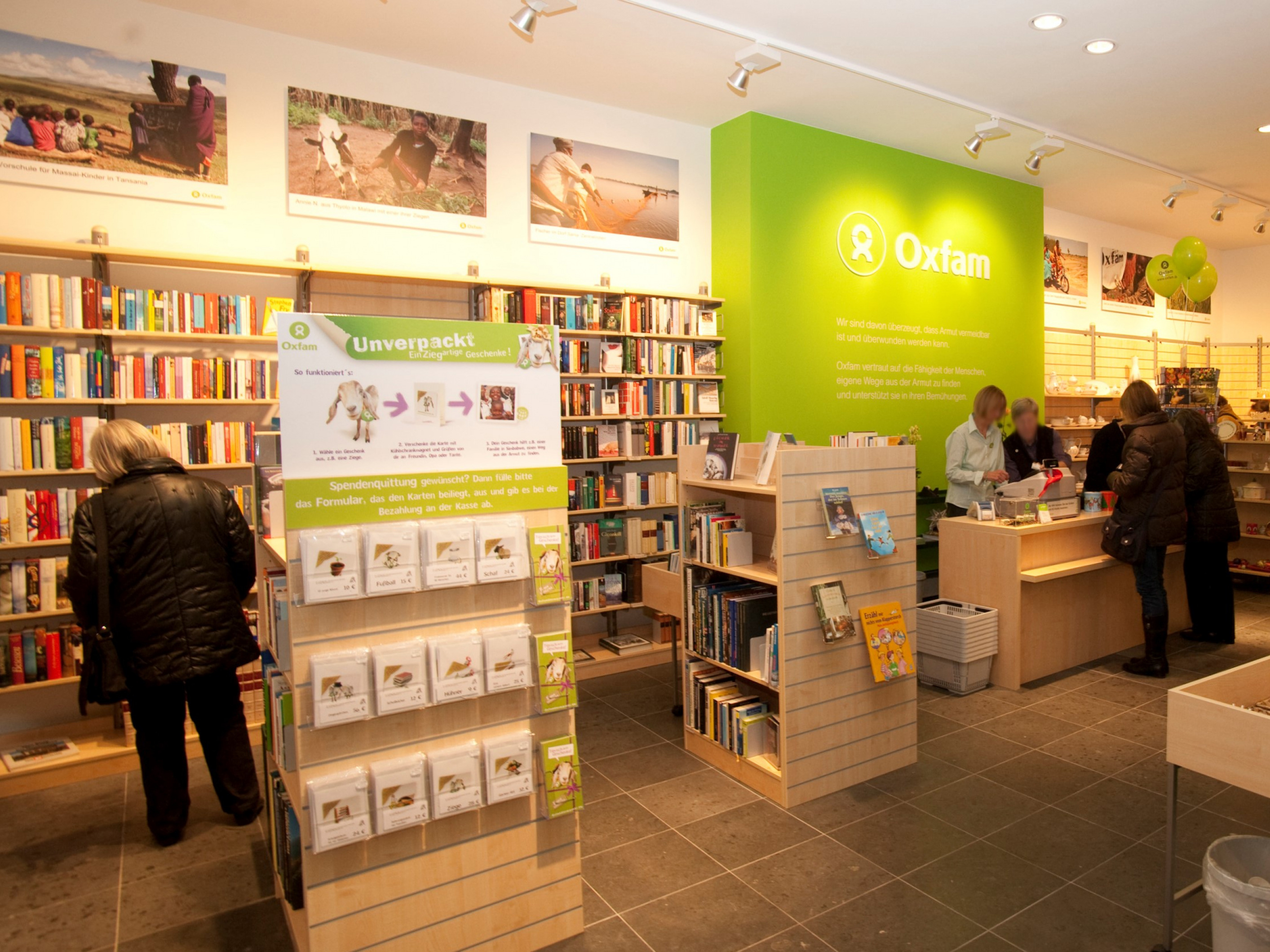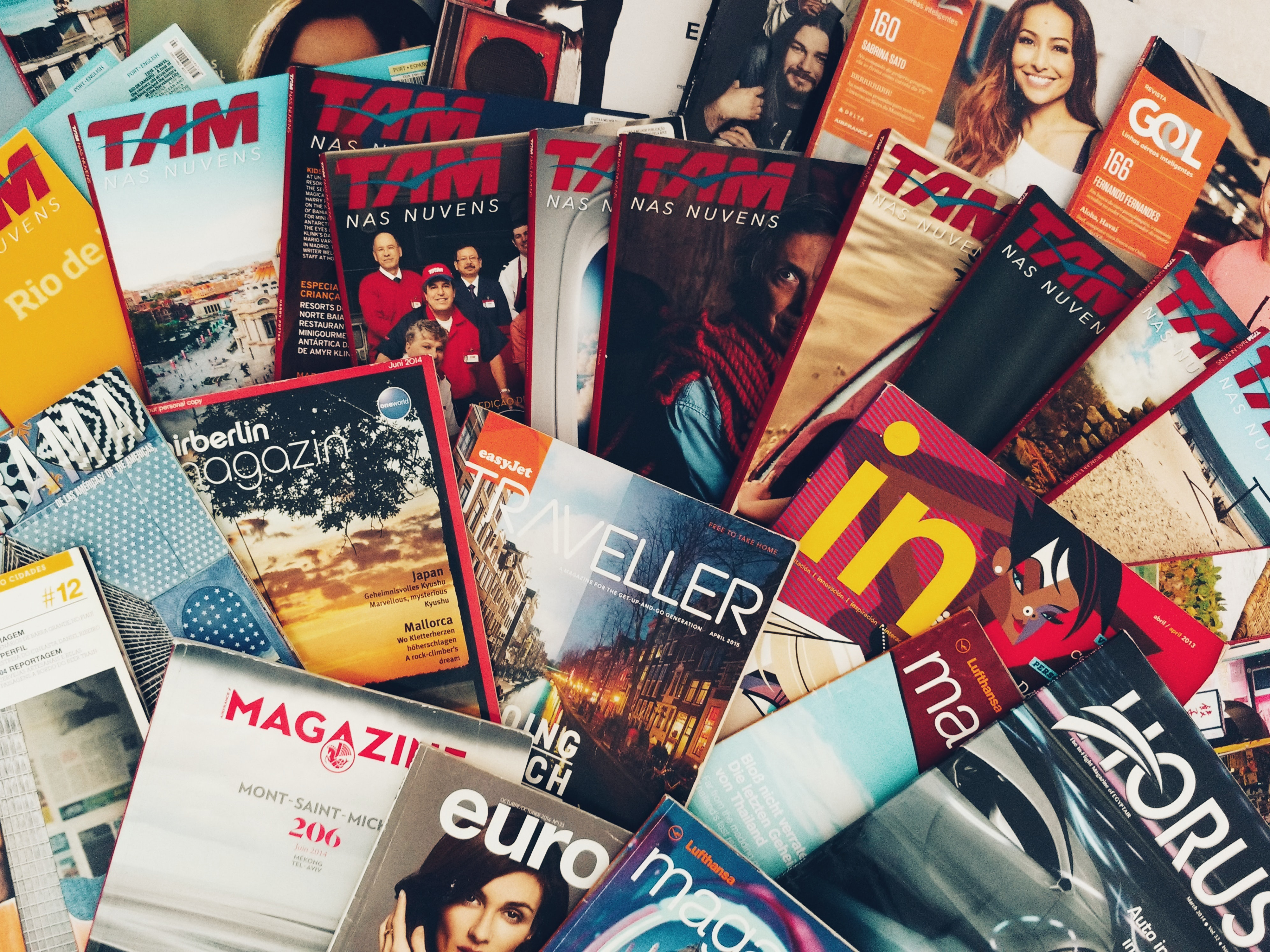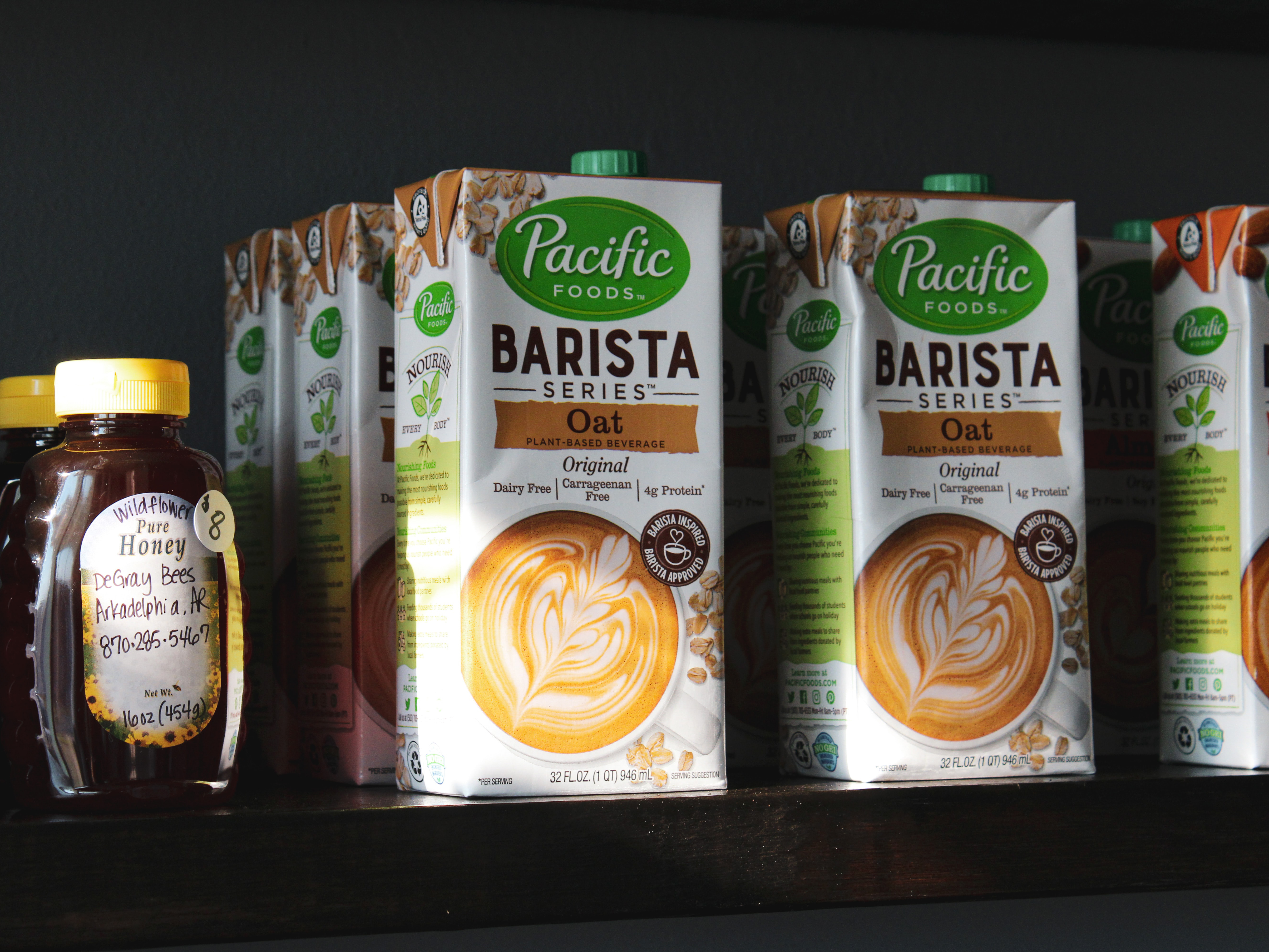WORKSHOPS
upcycling for everyoneThe topics of sustainability, waste reduction and of course upcycling made more accessible and tangible in a fun creative way. These workshops aren’t there to be fun for a short moment but to give the participants a whole new view on waste and alert them to the unused potential that is quite literally lying on the streets.
What is being upcycled
Currently there are four different raw materials offered: inner bicycle tube, textiles destined for landfill, paper waste like toilet paper rolls and old magazines, and TetraPak boxes. They are sourced from local businesses who often operate in a sustainable way as well. Let me introduce you to them!

Bicycle Tube from the 2Wheel Garage
The 2Wheel Garage is a small owner-operated used bicyle shop right around the corner from my little studio. They don’t only sell bikes or repair them, they also turn broken bicycles into new ones by combining their parts! They fit right into Woodcabin’s philosophy and are happy to provide me with tubes for my own upcycling project.
photo: 2Wheel Garage Dortmund

Secondhand Clothes from Oxfam Dortmund
Oxfam is a global aid and relief organization working for social justice and against poverty. In their charity shops donated textiles are resold to raise money for humanitarian causes or donated further to people in need. I’m working with Oxfam Dortmund who support this project with textiles that can neither be donated nor resold.
photo: Oxfam | Isabella Thiel

Paper Packaging from different sources
Since many different kinds of paper are upcycled, I’m getting them from different places. A lot of magazines and catalogues are given to me by Planet Upcycling from their own storage, who’s also a source of secondhand textiles, both for clothes and workshops. Other suppliers are my own waste, as well as local businesses.
photo: Maurício Santos on Unsplash

Tetra Pak from small cafés and own use
The Tetra Pak comes from many local cafés and restaurants that also provide bottle caps for these workshops. Most of them are owner-operated and many are working in sustainable ways, using ingredients that are either organic or locally produced – or both. Suppliers include the BierCafé West, U-Nikat‘s Food Truck and my own household.
photo: Conor Brown on Unsplash
I’m constantly looking for new materials to experiment with and will keep this place updated with new suppliers and collaborators.
Concept & Goals
The area I live in has a waste problem and if we’re being honest, the whole world kind of does. But locally speaking, I realized that the awareness of waste reduction, recycling and sustainable living was surprisingly lacking. With these workshops I’m trying to change that at least a little bit by shedding light on the everyday objects that get thrown away despite being incredibly versatile creative materials. This is also why the material selection is limited to common waste products that almost every participant has discarded at some point.
With this playful and creative approach, the topic is addressed without shaming or guilting, but in a positive and productive way, motivating the participants to take action and be a part of the change themselves. It also shows them that living in a more sustainable way does not have to mean letting go of comforts, but can have benefits for them: beautiful and useful items for one, but also having a good time while making them.
Mostly working in groups, I have also learned that not only do the workshop teach new skills, they also encourage a communal approach to creating and social awareness in the participants. Not only do they experience the work that goes into a product and thus gain a new perspective on its value, they also develop a very communal spirit, often chosing to work together on a project or helping each other out when someone needs help or just some input.
To do better
As of now this project is not as sustainable as I would like it to be. While the concept is keeping things out of the waste stream and raises awareness on the issue, it also requires the use of additional materials that I am not sourcing sustainably at the moment. Currently I’m looking for ways to either use other kinds of waste as replacements for newly bought products (like old cables instead of new cord for keychains) or finding materials secondhand (like buttons and pendants.) Furthermore I’m looking into more environmentally friendly alternatives, like recycled metal for carabiners, key rings and necklaces.
Another problem are glues and paints used in these workshops. The ones currently used often are not very sustainable and contain substances that have negative effect on the environment. However a lot of the materials are very hard to glue and/or paint, which is why I have not just switched to environmentally friendly alternatives all at once. I am experimenting with this though and will make the change as soon as I have found better alternatives (and used up the old ones – don’t want to just throw them away.)
There is no timeframe to meet this goal due to the many factors involved in the process, like the likely price increase of the materials if they are sustainably produced, or the time it takes me to find suppliers in the first place, which is especially difficult with secondhand items. Be sure however, that I’m doing my best with the current means available and use as many sustainable alternatives as I can at the moment.
